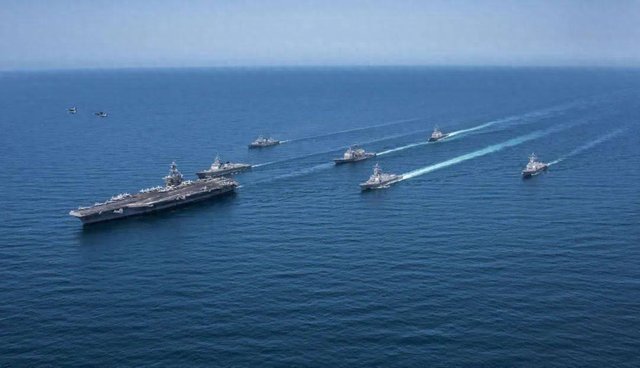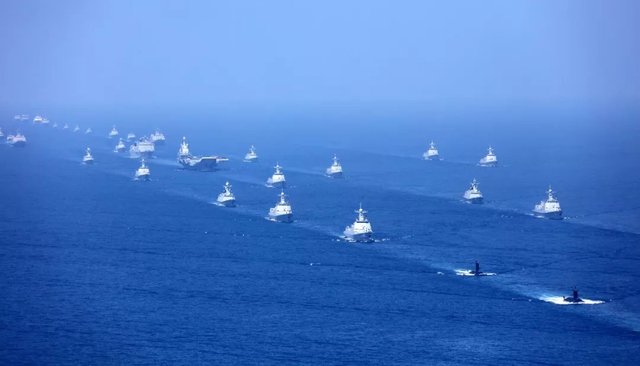If China and the United States go to war, American aircraft carriers may attack China in three directions, launching a surprise attack and a hard attack on both sides
In the context of increasingly intense Sino-US rivalry, both countries are faced with the pressing issue of how to effectively manage their differences and avoid potential conflicts. From a strategic perspective, the consequences of the two nations inadvertently sliding into military confrontation would be dire, posing significant threats to global stability and prosperity. Against this backdrop, it is particularly important to explore how China prepares for possible military challenges.
South China Sea: Balancing Defense and Deterrence
The South China Sea, serving as China's southern gateway, holds paramount strategic significance. In the face of complex and ever-changing regional dynamics, China must further strengthen its defense systems in the South China Sea. Firstly, by enhancing air defense and anti-missile capabilities on large islands and reefs, China can construct a multi-layered and three-dimensional defense network that effectively deters potential threats. Secondly, boosting the coordinated combat capabilities of the navy, air force, and rocket force ensures a swift and effective response in times of crisis. Additionally, fostering communication and cooperation with neighboring countries is crucial to jointly maintaining peace and stability in the South China Sea.
East China Sea: Integrated Naval, Air, and Missile Operations
The East China Sea, connecting China's eastern flank, is vital to the country's core interests. Confronted with US and allied military deployments along the First Island Chain, China must adopt a more proactive defense strategy. On the one hand, enhancing the modernization of naval vessels and boosting oceanic combat capabilities is essential. On the other hand, strengthening the long-range strike capabilities of the air force and rocket force ensures precise targeting of enemy vital assets in critical moments. Moreover, improving intelligence reconnaissance and information sharing mechanisms raises battlefield situational awareness, supporting joint operations.

Northeastern Direction: Forging a Solid Defensive Line
The northeastern region, as a significant strategic rear for China, is equally crucial to its security and stability. In the face of potential external threats, China must further consolidate and enhance its defensive systems in this direction. The Northern Theater Command, as the guardian of the Bohai Bay and Beijing-Tianjin areas, must continuously upgrade its comprehensive defense capabilities, ensuring swift response to diverse scenarios. Meanwhile, deepening strategic cooperation with neighboring countries like Russia and North Korea is vital to jointly confronting external challenges and safeguarding regional peace and stability.

Conclusion
Amid escalating Sino-US rivalry, China must maintain heightened vigilance and a clear understanding. It must resolutely uphold national sovereignty, security, and development interests while striving to build a new type of international relations and a community with a shared future for mankind. By strengthening national defense, enhancing military capabilities, and deepening international cooperation, China will continually bolster its capacity and confidence to confront various risks and challenges. Regardless of how the international landscape evolves, China remains steadfast on the path of peaceful development, contributing to global peace and stability.
